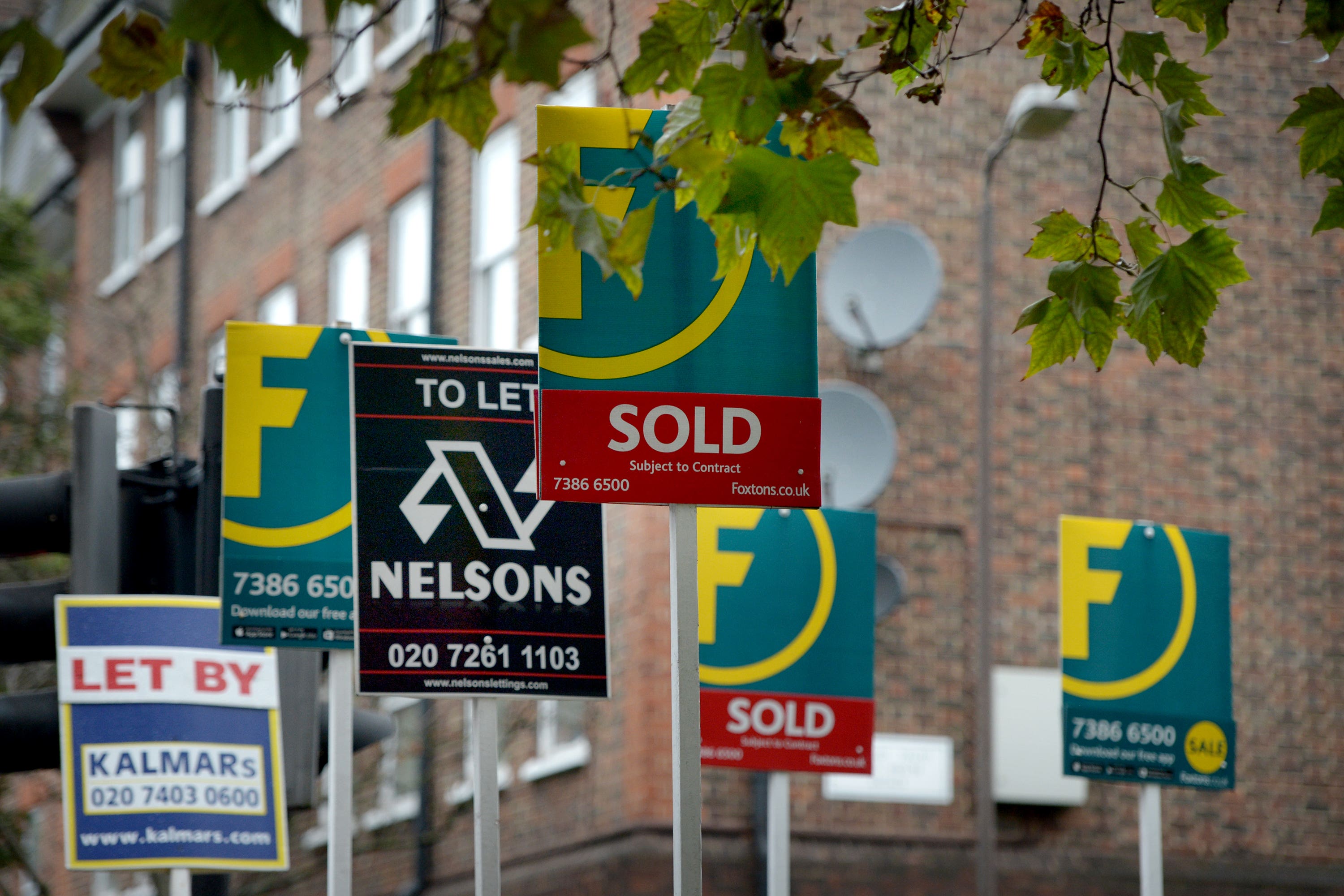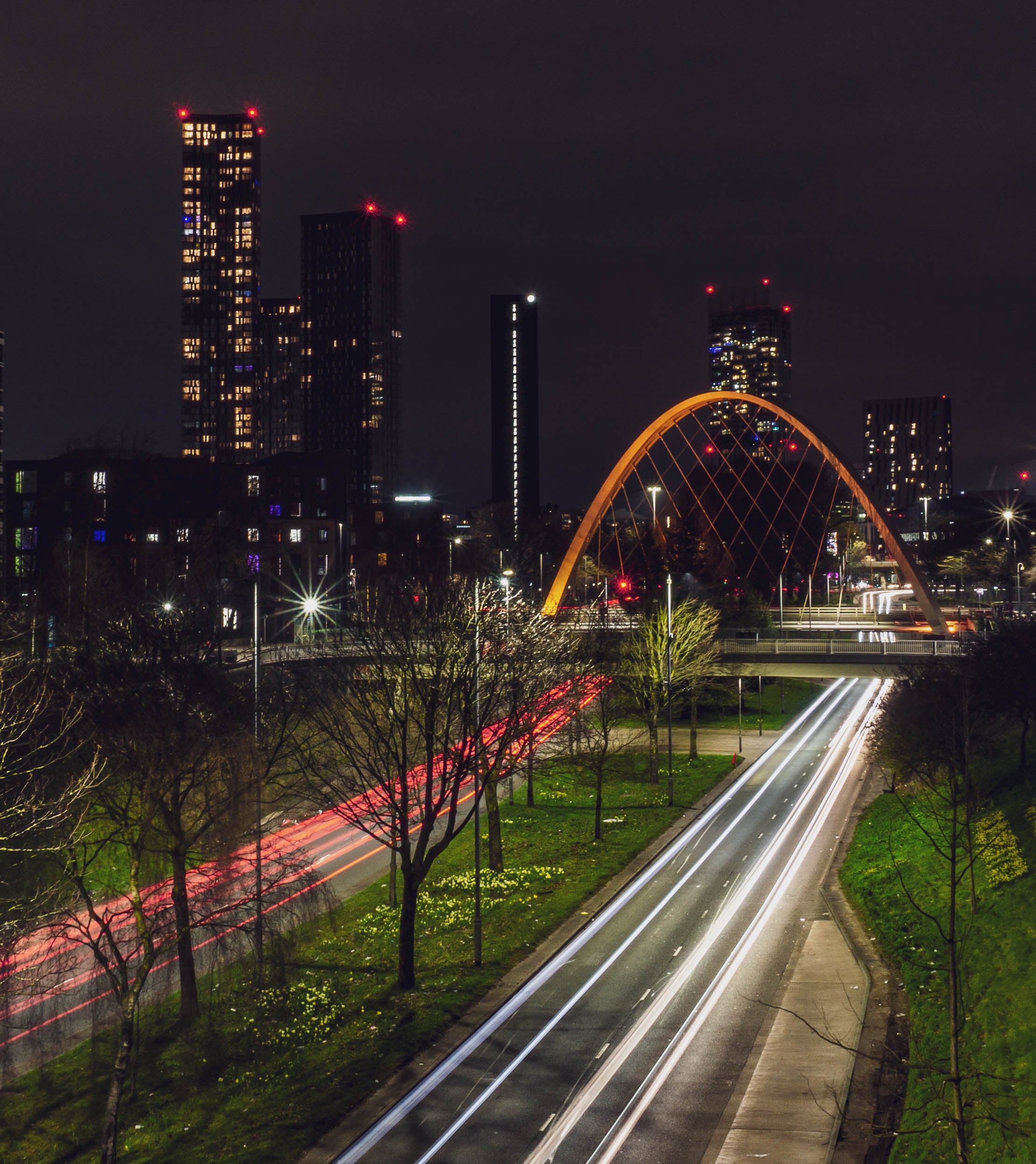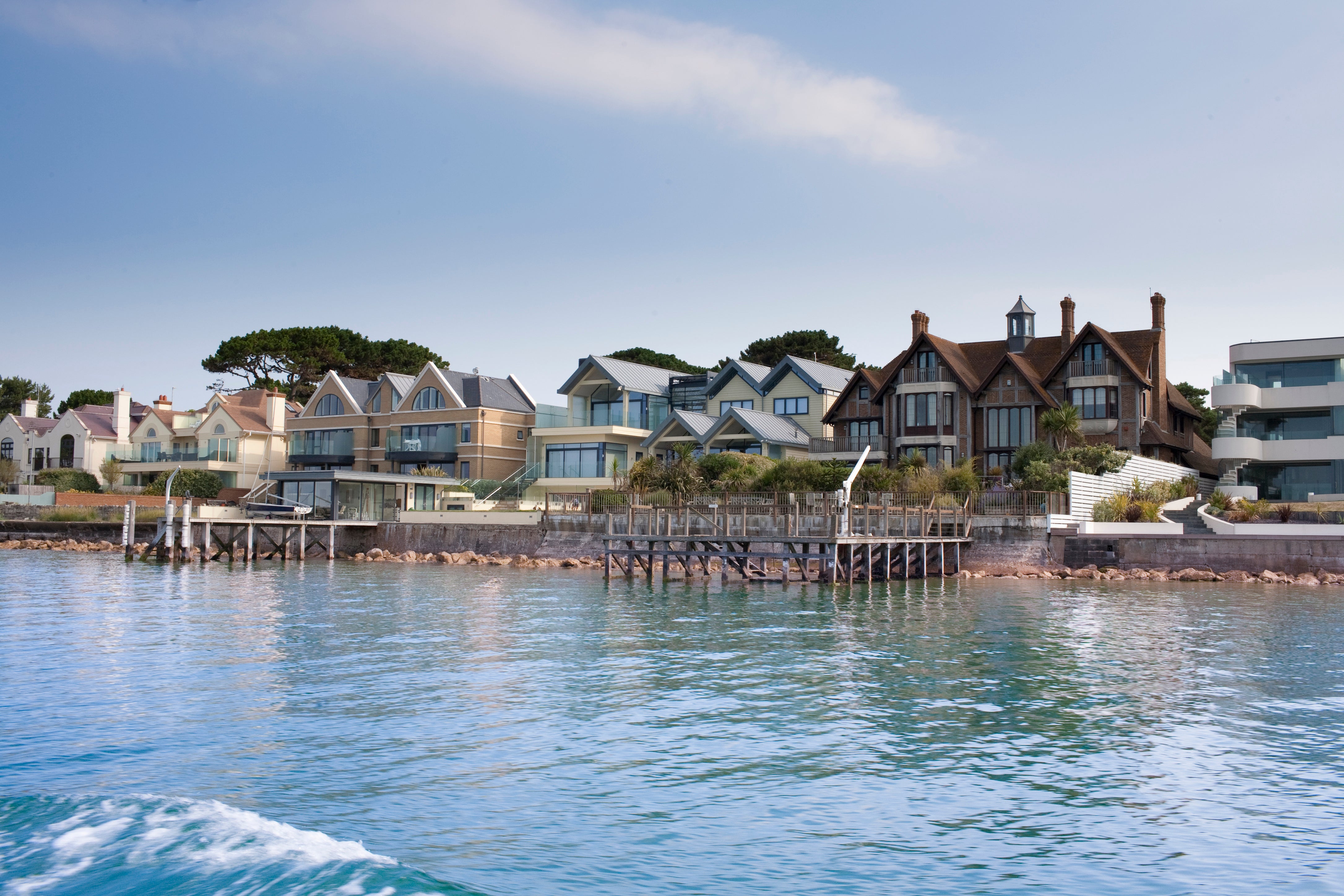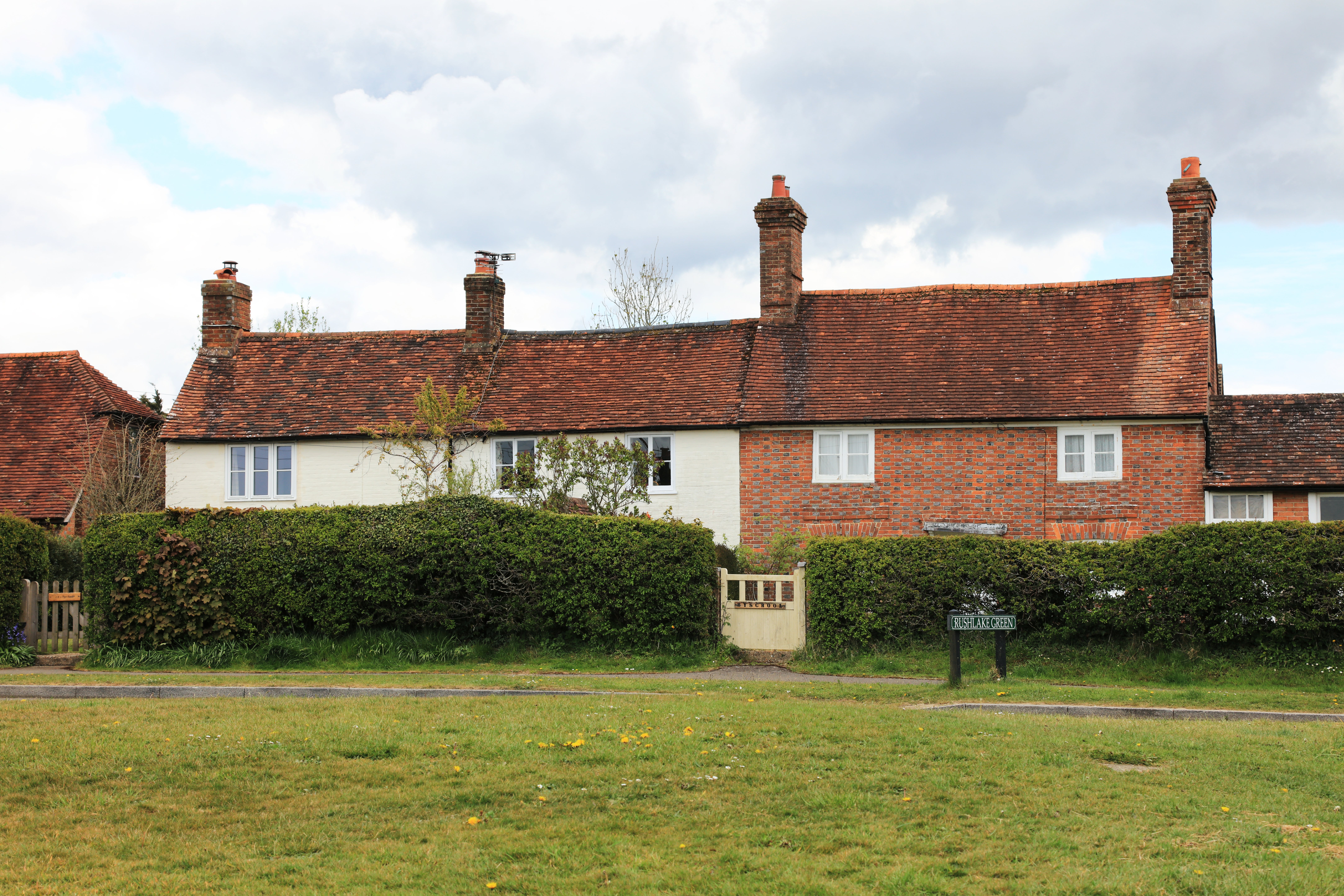Revealed: The ten towns that saw house prices rise the most in 2022
A former coal mining town in Nottinghamshire topped the list with the an increase in asking house prices of 29 per cent last year, research has revealed

A former mining town in Nottinghamshire has topped the list of locations with the highest rise in asking house prices, with an increase of 29 per cent last year, research has revealed.
House prices in Eastwood, a town formerly dominated by the coal mining industry, rose from an average of £179,194 in 2021 to £231,381 in 2022. This amounts to an increase of £52,187 in just one year.
Rightmove, who put the list of locations that have seen the highest rise in house prices together, suggested that new buyers in Eastwood with a 10 per cent deposit face average monthly mortgage payments of £1,374.
The property website suggested that this could drop to £1,115 a month for those who can afford to increase their deposit to 25 per cent.
The average salary in Nottinghamshire is £29 K per year, according to Payscale.com, which means that the estimated take-home pay is £1,978.69 per month.
Will Watson, of Watsons Estate Agents in Nottinghamshire, said: “We have found that Eastwood has always been a popular location for buyers as it has a wide variety of shops, a good school and the countryside nearby, with great transport links via the M1 motorway.
“There is quite a high proportion of ex-local authority and terraced houses which are well-built and represent good value for money, with many sales we see below the national average, so it’s no surprise that people have been relocating to the Eastwood area for more value.”
Hulme in Greater Manchester, which is close to the Manchester Metropolitan University, made it second on the list, with average asking prices rising by 26 per cent last year, from £188,454 to £238,249.

The affluent town of Sandbanks in Poole, Dorset, a coastal area popular with families on holiday, is ranked third with asking prices increasing by 22 per cent.
The list also included:
4. Heathfield, East Sussex with a 21 per cent increase
5. Chelston, Devon with a 20 per cent increase
6. St. Peters, Kent with a 20 per cent increase
7. Cowes, Isle of Wight with a 20 per cent increase
8. Little Lever, Manchester with a 20 per cent increase
9. Birchington, Kent with a 19 per cent increase
10. Deeping St. Jame, Cambridgeshire with a 19 per cent increase
The South East features the most price hotspots within the top 10, however the North East saw the biggest regional annual growth of 10.3% last year.
The property website said that in recent years, there were more people looking to move home than there were properties on the market, pushing house prices to an “all-time high”.

Average asking prices were 5.6 per cent higher in Britain at the end of 2022 than they were at the same time in 2021, with 2022 being an “extremely busy year” for the property market,
In December last year, the average price of a home in Great Britain was £359,137, but Rightmove forecasted that property prices will fall by an average of 2% in 2023 after “two and a half exceptional years”.
Price growth during the past three years, particularly since the pandemic began, has varied between regions and sectors.
Wales saw the biggest growth in average asking prices, up 27 per cent, during this period, while London has seen the lowest, up 11 per cent.
The average asking price for a luxury properties across the board in Wales - including five-bedroom houses and flats as well as four-bedroom detached houses - has increased by 30 per cent since 2019, compared with a rise of 4 per cent in the average first-time buyer type property in London - properties with two-bedrooms or less - in the same time period.
This could be explained by the buyers hoping to ditch the days of commuting to the city five times a week by opting to move to the coast or countryside.
It went on to say that so-called ‘hyper-local differences’ between sectors and segments of the housing market will become even more pronounced, with prices depending on the types of property available and the desirability and affordability of the exact location.
Rightmove made further predictions for the market this year, by suggesting that “hyper-local differences” between sectors and segments of the market will become even more pronounced, with prices depending on the types of property available and the desirability and affordability of the exact location.
This will mean that sellers will need to seek out a local estate agent “who knows every corner of the area”.
Despite the 2% fall anticipated by the property website, they added that they are not anticipating an oversupply of available properties through forced sales, which will prevent more major price falls.
Following the surge in house prices over the last two years, there will likely be a period of readjustment for both buyers and sellers at the start of the year as the market settles into its pattern.
Rightmove has also acknowledged that buyer affordability is “likely to be more stretched”, but that this may not translate to sellers rushing to drop prices if they don’t see much competition from other sellers in their area.
This comes after mortgage approval rates have plummeted to the lowest level recorded since June 2020 when the property market came to a standstill during the Covid pandemic.

The number of mortgages approved for house purchases fell to 46,100 in November from 57,900 in October, a decrease of 20.3%, according to the Bank of England.
Roland Whyte, founder and CEO of proptech company, Nokkel, said: “The latest fall in UK mortgage rate approvals is a follow-on from previous months – people tend to dig their heels in when times are tough. Some concern is valid, but property is different to other investments, like stocks and shares.
“You might sell out on the latter when things get tough, but a home is more than just a financial asset, it’s your castle.
“No one likes to trade down in property, and talk is often about how your next home can make a better life. This leads to fewer sellers which in turn means fewer buyers.
“So, it’s not surprising that activity in the mortgage market is down. It’s worth adding that lenders are naturally a little more cautious on lending, as they consider and manage risk inherent in their existing portfolio or exposure.
Mr Whyte added that this won’t mean that there will be an increased supply in time from forced sellers as a reasonable proportion of owners are still on attractive fixed rate mortgages.
He cautioned that there could be a “tipping point” in the market, questioning: “At what interest rate levels will we experience a slew of forced sellers and lack of buyers? This is where prices will be forced materially south.”
Rightmove forecasts that 2023 may favour bold sellers who look to offset a lower offer on their current home by offering less on their onward purchase if they have made gains during the pandemic on their property and are willing to give some of these up.
Tim Bannister, of Rightmove, said: “Property prices have risen exceptionally over the last three years.
“If we compare with December 2019, just before the pandemic started, the average asking price of a home in Britain has risen by a staggering 20 per cent. To put that into context, asking prices rose just 3 per cent in the previous three years, and we need to go all the way back to 2013 to see similar price growth.
“We expect average asking prices to drop by 2 per cent next year now that the frenetic period for the market is over, and it is likely that some sellers, particularly those in locations and sectors of the market that have benefitted the most from pandemic price growth, may be willing to give up some of their gains in this calmer market in order to negotiate a successful sale.”
Join our commenting forum
Join thought-provoking conversations, follow other Independent readers and see their replies
Comments


Bookmark popover
Removed from bookmarks